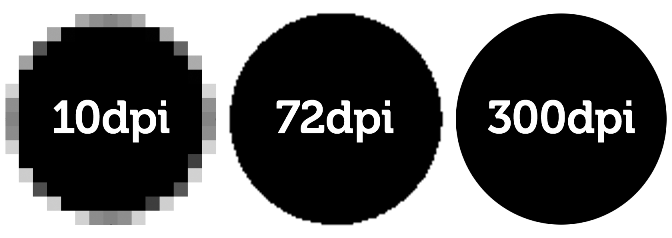|
Is Your Image Ready? |
| Your image is the greatest investment in how your printed Motorcycle
Coasters® look. In order for us to provide you the same high quality our
customers have come to expect over the years, we need specific types of
images, depending on the type of Motorcycle Coasters® you are ordering. The graphic artist preparing your image will be familiar with these image formats and will be able to easily fulfill your request. |
| For Custom
Imprinted Motorcycle Coasters® Print ready black and white vector line image. We accept PDF and CDR files. For Full Color Digital Print Motorcycle Coasters® JPG or PNG image, 300 dpi (minimum) |
![]()
|
If you want to learn more about the types of images we use, or if the image you have now is not usable to print Motorcycle Coasters® and you want to learn why, the information below is for you. Photos (below) help explain. |
| Jump to the sample photos here. |
![]()
|
Why these image types? |
|
Full Color Digital Print Motorcycle Coasters® |
|
We need a JPG or PNG image, 300 dpi
(minimum). DPI stands for “dots per inch” and is a property used to prepare digital images for print. The higher the DPI, the higher the resolution of the photo. 300 dpi is considered the minimum needed for a photo to maintain its sharpness and detail when it is printed on to a flat surface, such as the Motorcycle Coaster®. Some items, like barcodes, are best printed at resolutions as high as 600 dpi! There is one way for you to test your image for print readiness. DO THIS ONE SIMPLE TEST Print your image on white paper. What you see on the paper is what you can expect to see when the image is printed on a Motorcycle Coaster®. If you think your image "just looks OK" on paper, you will think the same when it is printed on a Motorcycle Coaster®. Jump to the sample photos here. |
|
Custom Imprinted Motorcycle Coasters® |
| We need a print ready black and white vector
line image. We accept PDF and CDR files. RASTER vs. VECTOR There are two main file types, raster and vector. Vector graphics are created with vector software and are common for images that will be applied onto a physical product, such as printing your image on the Motorcycle Coaster®. Vector images have file extensions such as pdf, cdr, and xps. Raster images are created with pixel-based programs or captured with a camera or scanner. They are more common, in general, and are widely used on the web. Raster images have file extensions such as jpg, gif, bmp and png. Unlike JPG or PNG images (which are made up of hundreds or thousands of pixels), vector images are made up of hundreds of lines joined together. When you zoom into a JPG or PNG image, you see a lot of little, blurry squares. Also, the outline of the image is not sharp. That does not happen with a vector image. When you zoom in to a vector image, the lines “stay together,” and the image will always look the same whether at 100%, or reduced or enlarged to a different size. Vector images can be scaled and printed at any size without losing quality. There is one way for you to test your image for print readiness. DO THIS ONE SIMPLE TEST Enlarge your image to 800%. If the image contains a lot of tiny squares, called pixels, and the edges of your image are rough, the image is not a vector image and is not print ready. If your image looks the same when enlarged to 800%, it is a vector image. |
| Sample Photos: Raster vs. Vector | |
| At right are two shapes, one raster and one vector, enlarged to 400%. Notice the rough edges along the raster enlargement. |
 |
| At right are two images, one raster and one vector, enlarged to 500%. Notice the rough edges along the raster enlargement. |
 |
| Sample Photos: DPI Resolution | |
| At right three different 'dpi' resolutions of the same object. |
 |